Top Five Physiotherapy Tips for Preventing Knee Injuries in Skiing
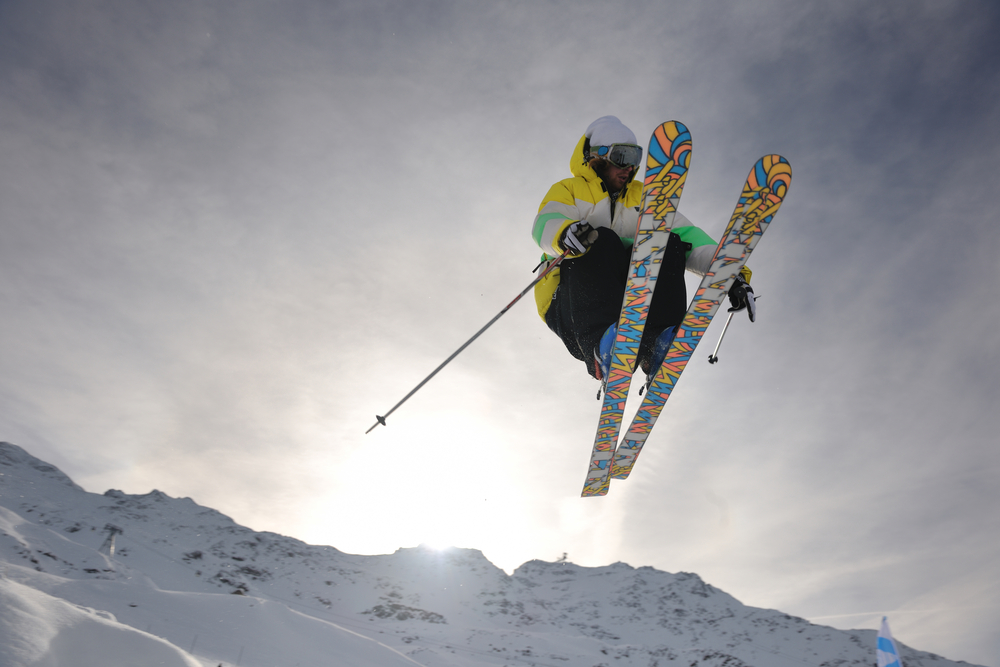
Top Five Physiotherapy Tips for Preventing Knee Injuries in Skiing
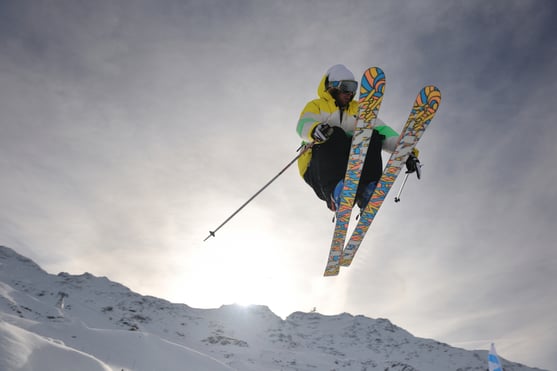
Table of Contents
Have you experienced knee injuries due to skiing?
In this post we’ll talk about common knee injuries that can occur with skiing and our top five tips for prevention from our team of physiotherapists.
What knee injuries are common in skiing?
Did you know that knee injuries make up about 30% of injuries in skiing? The knees are particularly susceptible to injury in skiing due to the risk of the knee bending or twisting when landing from jumps, stopping, or changing direction quickly. The knees take on an incredible amount of force when skiing, and injuries can occur to any of the structures in the joint, including ligaments, musculature, and other supportive tissues in the area.
Some of the most common injuries include sprains or ruptures to the anterior cruciate ligament (ACL), medial collateral ligament (MCL), and meniscal tears within the knee joint.

Here are five simple tips from our team of physiotherapists to help prevent knee injuries during the ski season:
1. Dynamic Strengthening
Side Lunges: Start in a neutral standing position with your legs hip-width apart. With your right leg, take a step about a foot to your right. Keeping your left leg straight, bend your right leg and load pressure into your right leg. In a fluid motion, straighten your right leg and bring it back to the original position. When straightening, try to push through your heel and avoid caving your knee inwards. Once back in the original position, the exercise can be repeated on the left leg.
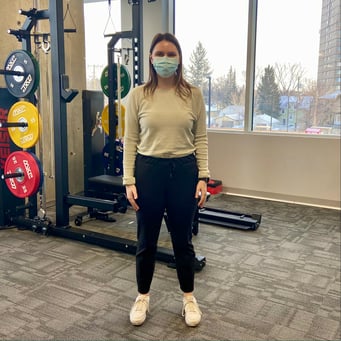
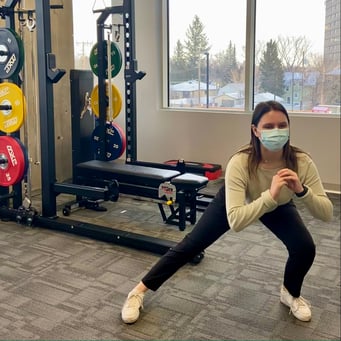
Glute Bridge on Bosu Ball: Start by lying on your back with your knees bent and your feet placed atop a bosu ball. Once stable, push your hips up and engage your glute muscles to maintain this position. Keep yourself stable as you relax your hips and return to the starting position. If you're struggling with stability, modify by having a partner keep the ball stable or keeping the ball against a wall, and don't forget to press your hands into the ground for added stability.
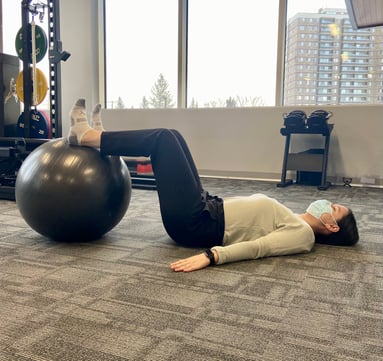
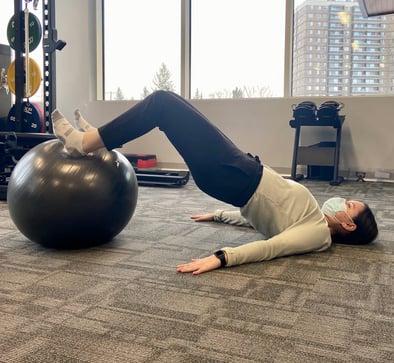
Squat Jumps: Start with your legs just wider than shoulder-width apart. Keeping your weight in your heels, squat down until your thighs are parallel with the floor. Try to keep your spine neutral and your chest forward, rather than leaning or bending forward. Once at the bottom of your squat, push up through your legs to straighten your legs and jump off the ground.


2. Learn Correct Technique
Many people find skiing easy to pick up. However, if you're looking to prevent knee injuries, it's important to learn correct technique to stay injury-free. Pointing your skis inward (in the "pizza" position) when stopping or turning leaves your knees in a compromised position and may increase the risk for knee injuries. Landing incorrectly can also increase the risk for knee injuries. Finally, if you're a beginner, it may be useful to lower the DIN settings on your ski, to prevent excessive twisting forces from going through your knee. To prevent injury and take your skiing to the next level, it's a good idea to check in with an expert and use correct form.
3. Focus on Recovery
After a long day of skiing, it can be tempting to take it easy immediately after your runs. Instead, after skiing, take a few extra moments for focus on your recovery. Here are some activities you can participate in to kick-start your recovery process:
- Static stretches - especially ones that target the quadriceps, hamstrings, and calves
- Hydration
- Ice your muscles and joints if you experience any swelling
- Foam rolling
Completing some, or even all of these can help aid in your recovery post-activity. This way, your body can feel ready to tackle the next day and you can perform at your best.
 4. Keep up with your Cross-Training
4. Keep up with your Cross-Training
Living in Alberta often means the ski season is limited to only a few short months in the year. While you may not be able to resist the urge to jump in, doing too much, too soon can put you at greater risk for knee injuries. The last thing you want is an injury that puts you out for the rest of the season. So, during the other parts of the year when it's impossible to ski, keep up with your cross-training! Activities like biking, running, swimming, or roller-blading can keep you healthy, active, and mobile, which makes the transition back to skiing easier when winter comes back again.
5. Know your Limits
Get Help Now!While it can be tempting to take on the black diamond runs right off the bat, remember to take into consideration your skill level and what kind of runs you'll be able to safely accomplish. To prevent knee injuries, it is important to reflect on your strengths and weaknesses, so you can take on the trails with confidence. If you take a run or jump beyond your skill level, you may push your body beyond its limits and put yourself at risk for injury. Remember to challenge yourself, but keep in mind your own abilities and do not put yourself in danger.
Our team of physiotherapists and kinesiologists at Human Integrated Performance can work together to put together an individualized exercise plan improve your performance and prevent injuries. After a thorough assessment, our kinesiologists and physiotherapists can build a plan to improve on your weaknesses and build on your strengths to enhance your ski performance. If you do get injured during the season, our team can build a rehabilitation plan to have you back on the slopes in no time!
For further information on how you can prevent knee injuries in the ski season or to book in to see one of our practitioners, please send us an email at info@yeghip.com or visit our website.
